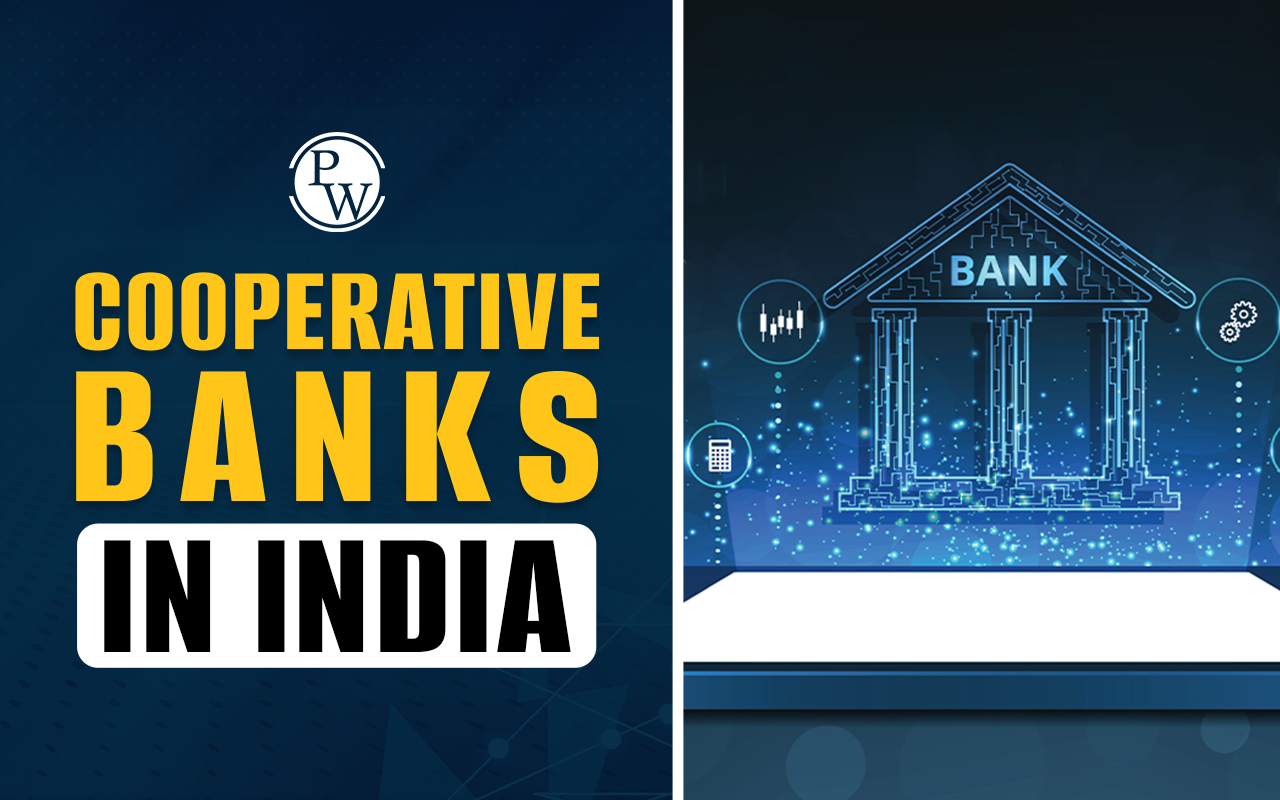

New Pension Scheme: The New Pension Scheme (NPS), officially known as the National Pension System, was launched by the Government of India in 2004. Initially targeting government employees, it was later extended to all citizens in 2009. The NPS is a long-term investment option aimed at providing a sustainable retirement income.
NPS encourages individuals to save during their working years, offering them financial security in their retirement. Read on to learn about the features, eligibility, advantages, challenges, and a comparison between the New Pension Scheme and the Unified Pension Scheme (UPS).NPS Full Form
The full form of the NPS is the National Pension System . It was launched as the New Pension Scheme in 2004, which is a voluntary, defined contribution retirement savings scheme designed to help individuals build a secure retirement corpus. The Pension Fund Regulatory and Development Authority (PFRDA) regulates the NPS under the current regime.What is New Pension Scheme?
The New Pension Scheme was launched in 2004 and is a voluntary retirement savin g s scheme that allows individuals to contribute regularly to their pension accounts. NPS operates on a defined contribution basis, and benefits at the time of retirement depend on the total contributions made and the returns generated from investing these contributions. This means longer and higher the contributions, and the lower the charges, the larger the accumulated pension wealth will be. The NPS is regulated by the PFRDA, ensuring transparency and security in fund management. This National Pension System is easy to use, low-cost, tax-efficient, and flexible.Also Read: Old Pension Scheme
Why National Pension System was Introduced?
The New Pension Scheme was introduced to address the inefficiencies of the traditional pension system in India. Known as the Old Pension Scheme, it had several critical issues including being unsustainable and placing a heavy fiscal burden on the government. The old system was largely unfunded, meaning there was no specific corpus set aside for pension liabilities. As India's population grew, so did the pension debt, leading to concerns about the system's sustainability. Further, it covered government employees, who form a small portion of the workforce. The shift to NPS was seen as necessary to create a more scalable, sustainable, and inclusive pension system that could better manage the growing fiscal burden. The New Pension Scheme offers a more robust, inclusive, flexible, and sustainable solution, encouraging individuals to save for their retirement.New Pension Scheme Eligibility
Initially, the National Pension System was launched for government employees who joined after January 2004 (except the armed forces). However, it was later expanded to include employees from the public, private, and unorganised sectors, with effect from May 1, 2009. The current eligibility for the New Pension Scheme is broad, allowing both resident and non-resident Indians aged between 18 and 60 to participate.Advantages of New Pension Scheme
NPS aimed to reduce the financial burden on the government with the feature of employee and employer contributions. The New Pension Scheme offers several advantages to employees:- Portability: The NPS account remains consistent, regardless of job changes or relocations, ensuring seamless transitions.
- Flexibility: Subscribers can choose their investment options and adjust contributions based on their financial situation.
- Tax Benefits: The New Pension Scheme provides significant tax deductions under various sections of the Income Tax Act, making it an attractive option for tax-efficient savings.
- Regulated Framework: The NPS is overseen by the PFRDA, ensuring transparent investment norms and regular evaluations of fund managers.
Also Read: UPS Pension Scheme
Challenges of the New Pension Scheme
Despite its benefits, the New Pension Scheme faced several challenges which led a few states Rajasthan, Punjab, Jharkhand, Chhattisgarh, and Himachal Pradesh revert to the Old Pension Scheme in 2023. Here are some of the key challenges faced by NPS:- Awareness and Understanding: Many people do not fully understand the scheme's features, leading to low participation rates.
- Investment Choices: The options for investing can be confusing, making it hard for people to make the best decisions.
- Market Risks: The scheme involves investing in the stock market, which comes with risks that not everyone is comfortable with.
- Payout Uncertainty: The pension amount after retirement can vary a lot depending on how well the investments perform, which can create uncertainty for retirees.
NPS Scheme Vs UPS Scheme: Which is Better?
Recently, the government announced the introduction of the Unified Pension Scheme (UPS) for government employees, which will be applicable from April 1st, 2025. Below is a comparative table highlighting the key features of both schemes:| NPS Scheme Vs UPS Scheme: Which is Better? | ||
| Feature | New Pension Scheme (NPS) | Unified Pension Scheme (UPS) |
| Beneficiary | Both government and private sector employees | Government employees |
| Pension Calculation | Based on accumulated corpus and annuity rates | 50% of average basic pay from the last 12 months before retirement |
| Dearness Relief | Market-linked, subject to investment performance | Periodic dearness relief hike aligned with inflation |
| Family Pension | Market-linked, varies based on contributions | 60% of the employee’s pension in case of death |
| Superannuation Payout | Lump sum withdrawal upon retirement | Lump sum payment plus gratuity benefits |
| Minimum Service | No minimum service | 10 Years |
| Minimum Pension | No assured minimum pension | Minimum pension of ₹10,000 per month for at least 10 years of service |
| Contributions | Employees: 10% of salary, Government: 14% | Employees: 10% of salary, Government: 18.5% |
| Portability | Yes, transferable across jobs | Not applicable |
| Flexibility | High flexibility in contributions and investment choices | Limited flexibility, but guaranteed returns |
| Note: Employees can switch from NPS to UPS but once opted in, the switch can not be reversed | ||
| UPSC Related Articles | ||
| UPSC Exam Analysis | UPSC Prelims Cut Off | Time Between UPSC Prelims and Mains |
| UPSC Exam Strategy | UPSC 2025 Exam Date | UPSC Optional Subjects |
New Pension Scheme FAQs
What is the NPS pension scheme?
The NPS pension scheme is a voluntary retirement savings plan that allows individuals to contribute to their pension accounts during their working years to ensure financial security after retirement.
What is the difference between the old and new pension schemes?
The old pension scheme provided a fixed pension based on the last drawn salary, while the NPS is based on contributions and market-linked returns, offering no fixed payout.
What is the employee contribution to the new pension scheme?
The employee contribution as per the new pension scheme is 10% of their salary (basic + DA).
What is the rule of the new pension scheme?
The New Pension Scheme operates on a defined contribution basis, where the retirement benefit depends on the contributions made and the returns generated from investments.
What are the NPS regulations for 2024?
As per the most recent regulations members will have the option to withdraw up to 25% of their personal contributions once three years starting on February 1, 2024.
Talk to a counsellorHave doubts? Our support team will be happy to assist you!

Check out these Related Articles
Free Learning Resources
PW Books
Notes (Class 10-12)
PW Study Materials
Notes (Class 6-9)
Ncert Solutions
Govt Exams
Class 6th to 12th Online Courses
Govt Job Exams Courses
UPSC Coaching
Defence Exam Coaching
Gate Exam Coaching
Other Exams
Know about Physics Wallah
Physics Wallah is an Indian edtech platform that provides accessible & comprehensive learning experiences to students from Class 6th to postgraduate level. We also provide extensive NCERT solutions, sample paper, NEET, JEE Mains, BITSAT previous year papers & more such resources to students. Physics Wallah also caters to over 3.5 million registered students and over 78 lakh+ Youtube subscribers with 4.8 rating on its app.
We Stand Out because
We provide students with intensive courses with India’s qualified & experienced faculties & mentors. PW strives to make the learning experience comprehensive and accessible for students of all sections of society. We believe in empowering every single student who couldn't dream of a good career in engineering and medical field earlier.
Our Key Focus Areas
Physics Wallah's main focus is to make the learning experience as economical as possible for all students. With our affordable courses like Lakshya, Udaan and Arjuna and many others, we have been able to provide a platform for lakhs of aspirants. From providing Chemistry, Maths, Physics formula to giving e-books of eminent authors like RD Sharma, RS Aggarwal and Lakhmir Singh, PW focuses on every single student's need for preparation.
What Makes Us Different
Physics Wallah strives to develop a comprehensive pedagogical structure for students, where they get a state-of-the-art learning experience with study material and resources. Apart from catering students preparing for JEE Mains and NEET, PW also provides study material for each state board like Uttar Pradesh, Bihar, and others
Copyright © 2025 Physicswallah Limited All rights reserved.
Get App









